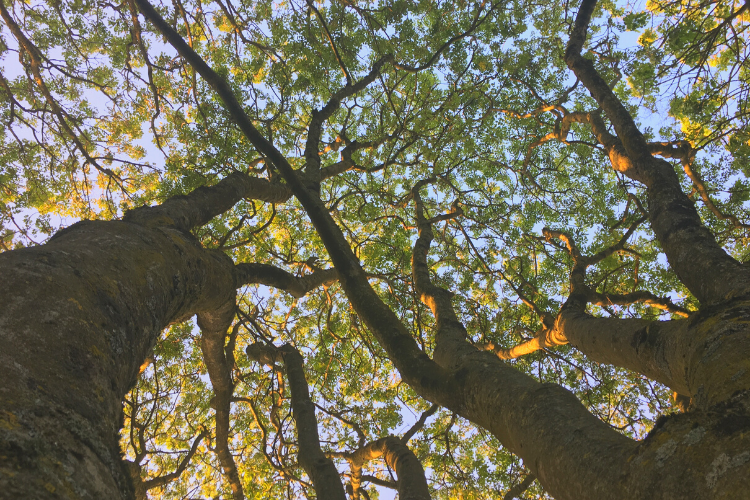With alarming predictions that 90% of our ash trees will be lost to ash dieback disease, Devon’s treescapes and the wildlife dependent on them, face an uncertain future.
Dealing with such a devastating forecast, we’re partnering with Saving Devon’s Treescapes, a new initiative that aims to build hope and generate positive action – enabling everyone to be a part of the solution.
Ash makes up 22% of broadleaved woodland in Devon and outside of woodland areas, in places such as hedgerows, parks and gardens, there are approximately 1.9 million mature ash trees.
Despite small pockets of resilience identified within the UK, there is no cure and damage to our local trees is already noticeable. As the disease progresses the impact will increase.
Whether you simply love to see trees in the landscape, value wildlife biodiversity or (perhaps without realising) benefit from the natural flood defences of hedgerows, the loss of ash will affect everyone in one way or another.
Although we can’t prevent the disease, we can adapt our landscapes, making them more resilient, before all of the damage is done. By engaging with local communities, schools and volunteer groups, Saving Devon’s Treescapes will work to establish at least 250,000 new trees outside woodlands.
All across Devon a diverse mix of alternative tree species, oak, field maple, aspen , lime, beech, birch, and hazel will be planted to fill the gaps – both in terms of physical spaces that will be left behind and providing similar/suitable conditions for wildlife to survive the ash’s loss.
Whilst the work of the project will spread across the whole of the County, approximately half of its resources will be directed towards 5 priority areas – one of these is the Coly Valley, part of the East Devon National Landscape.
Devon Wildlife Trust are leading the project, on behalf of the Devon Ash Dieback Resilience Forum.
Find out how you can get involved in saving Devon’s treescapes by visiting https://www.devonwildlifetrust.org/what-we-do/our-projects/saving-devons-treescapes
